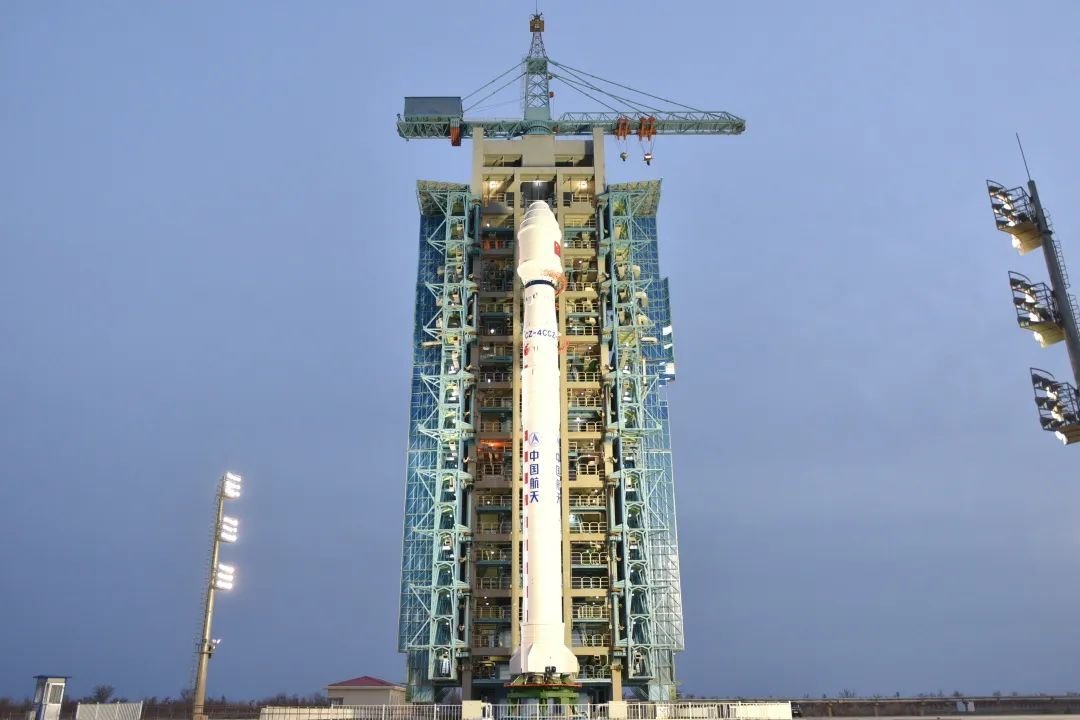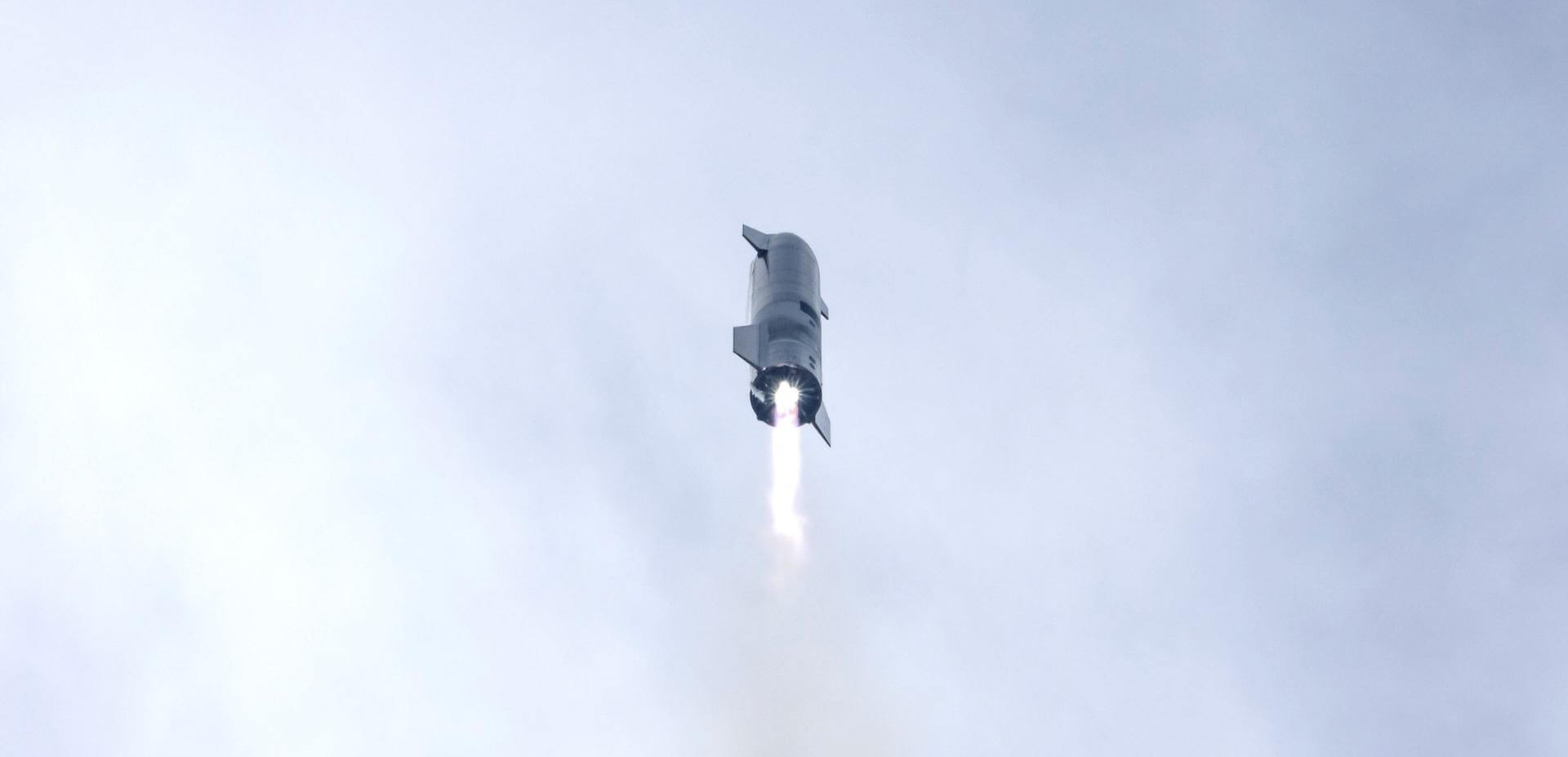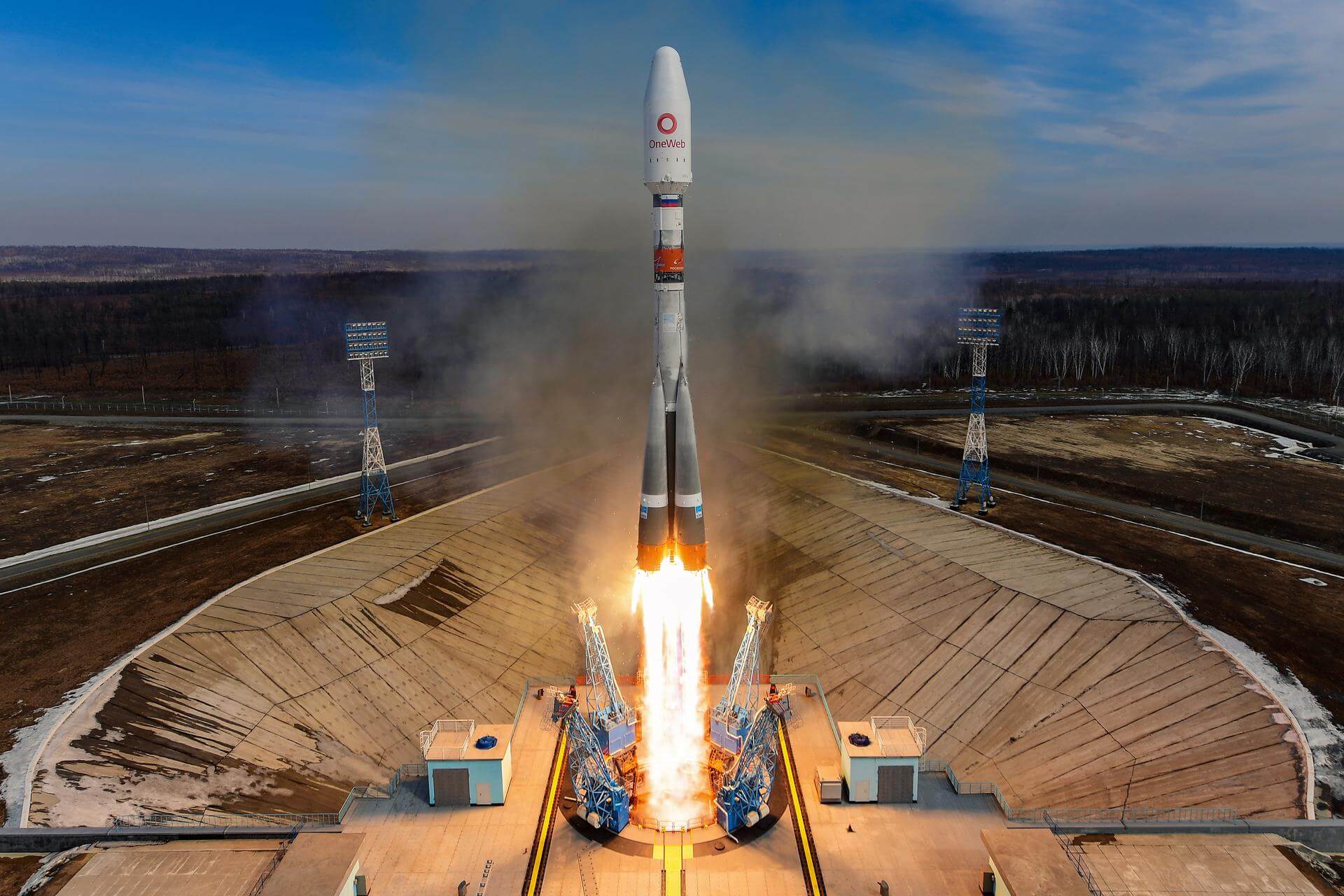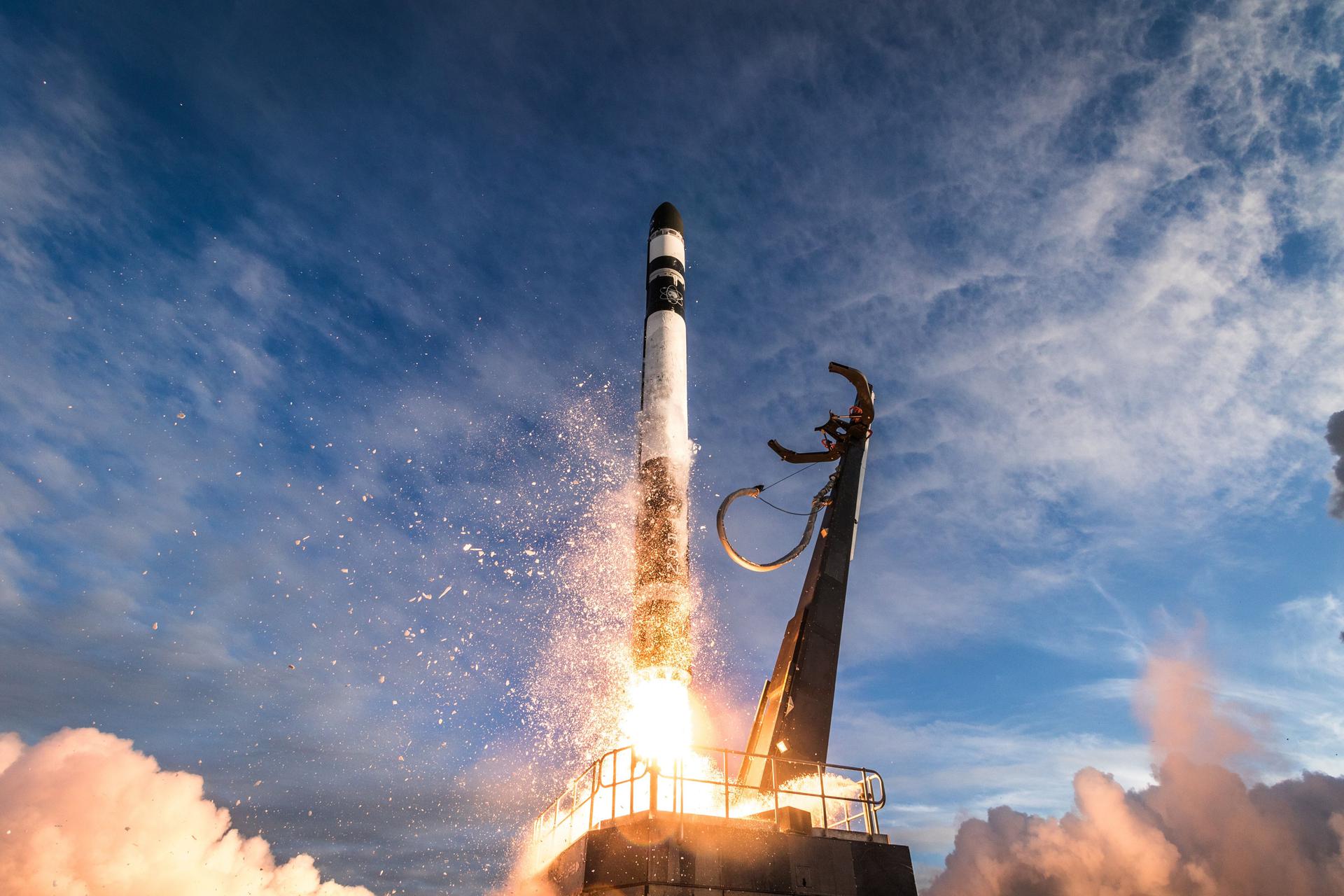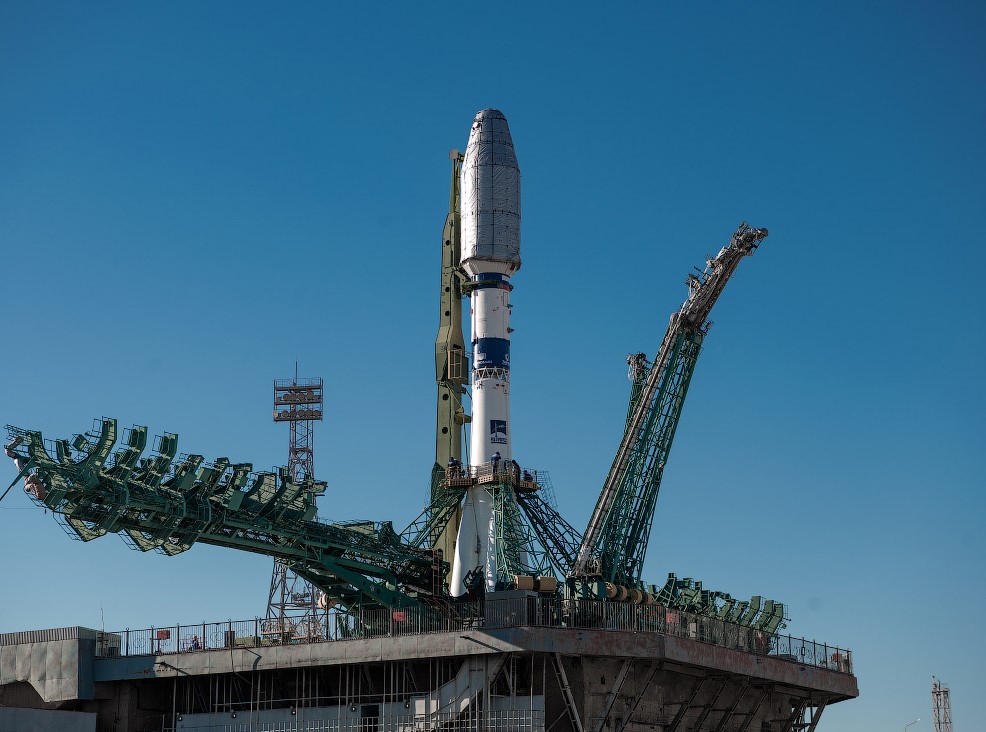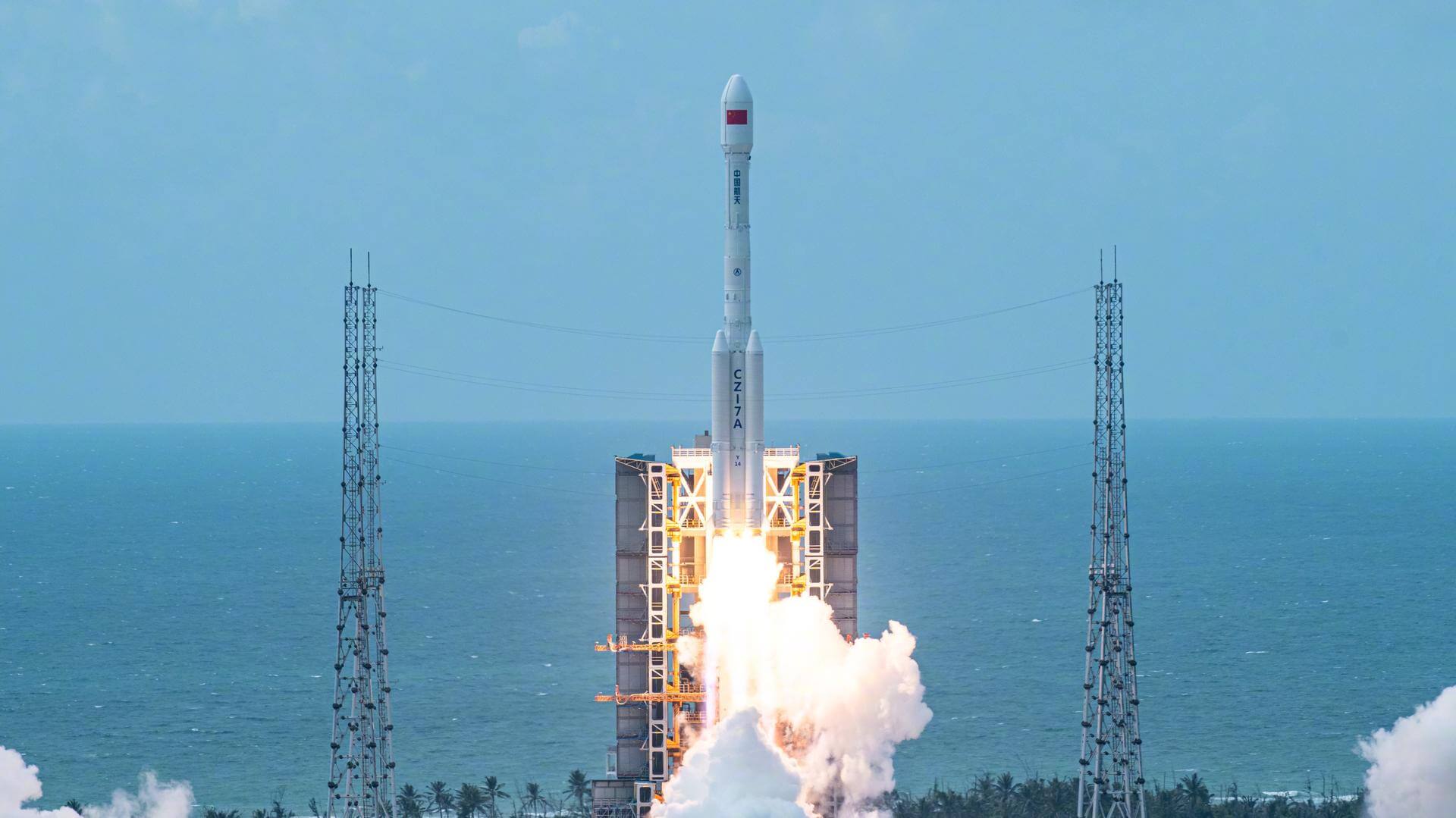Previous Spaceflight Launches
Filter by Agency, Locations or Vehicles
Show All LaunchesLong March 4C | Gaofen-12-02
China Aerospace Science and Technology Corporation | ChinaJiuquan Satellite Launch Center, People's Republic of China
March 30, 2021, 10:45 p.m.
Status: Launch Successful
Mission:
Gaofen is a series of civilian Earth observation satellites developed and launched for the China High-definition Earth Observation System (CHEOS), a state-sponsored programme aimed to develop a near-real time, all-weather, global surveillance network consisting of satellite, near-space (stratosphere) airships, and aerial observation platforms.
Sun-Synchronous OrbitStarship SN11 | 10 km Flight
SpaceX | United States of AmericaSpaceX Starbase, TX, USA
March 30, 2021, 1 p.m.
Status: Launch Failure
Mission:
The SN11 Starship prototype performed a test flight similar to SN8, SN9 and SN10. It launched up to an altitude of 10 km or 33,000 ft and did a belly flop maneuver followed by a controlled descent, but got destroyed during the landing maneuver.
Suborbital SN11 - Maiden Flight SpaceX Starship Landing PadSoyuz 2.1b/Fregat-M | OneWeb 5
Progress Rocket Space Center | RussiaVostochny Cosmodrome, Siberia, Russian Federation
March 25, 2021, 2:47 a.m.
Status: Launch Successful
Mission:
A batch of 36 satellites for the OneWeb satellite constellation, which is intended to provide global Internet broadband service for individual consumers. The constellation is planned to have around 648 microsatellites (of which 60 are spares), around 150 kg each, operating in Ku-band from low Earth orbit.
Polar OrbitFalcon 9 Block 5 | Starlink 22
SpaceX | United States of AmericaCape Canaveral SFS, FL, USA
March 24, 2021, 8:28 a.m.
Electron | They Go Up So Fast (Rideshare)
Rocket Lab | United States of AmericaRocket Lab Launch Complex 1, Mahia Peninsula, New Zealand
March 22, 2021, 10:30 p.m.
Status: Launch Successful
Mission:
The Electron rocket will carry seven satellites to low Earth orbit: one Earth-observation satellite for BlackSky, two Internet-Of-Things (IoT) nanosatellites for companies Fleet Space and Myriota, a technology demonstration satellite for the University of New South Wales (UNSW) Canberra Space, a weather satellite pathfinder technology demonstration from Care Weather technologies, a technology demonstrator for the U.S. Army’s Space and Missile Defense Command as well as Rocket Lab’s in-house designed and built Photon Pathstone spacecraft which will operate on orbit as a risk reduction demonstration to build spacecraft heritage ahead of Rocket Lab’s mission to the Moon for NASA later this year.
Sun-Synchronous OrbitSoyuz 2.1a/Fregat-M | CAS500-1 & rideshare
Progress Rocket Space Center | RussiaBaikonur Cosmodrome, Republic of Kazakhstan
March 22, 2021, 6:07 a.m.
Status: Launch Successful
Mission:
CAS500-1 is the first of two South Korean Earth observation satellites. These spacecraft feature the AEISS-C imaging system with a ground resolution of 0.5 m in panchromatic mode and 2 m in color mode. More than a dozen other satellites are included as secondary payloads, among them being the first spacecraft by the Catalan Space Agency.
Sun-Synchronous OrbitFalcon 9 Block 5 | Starlink 21
SpaceX | United States of AmericaKennedy Space Center, FL, USA
March 14, 2021, 10:01 a.m.
Long March 4C | Yaogan-31-04
China Aerospace Science and Technology Corporation | ChinaJiuquan Satellite Launch Center, People's Republic of China
March 13, 2021, 2:19 a.m.
Long March 7A | Shiyan 9 (XJY-6-02)
China Aerospace Science and Technology Corporation | ChinaWenchang Space Launch Site, People's Republic of China
March 11, 2021, 5:51 p.m.
Falcon 9 Block 5 | Starlink 20
SpaceX | United States of AmericaCape Canaveral SFS, FL, USA
March 11, 2021, 8:13 a.m.
